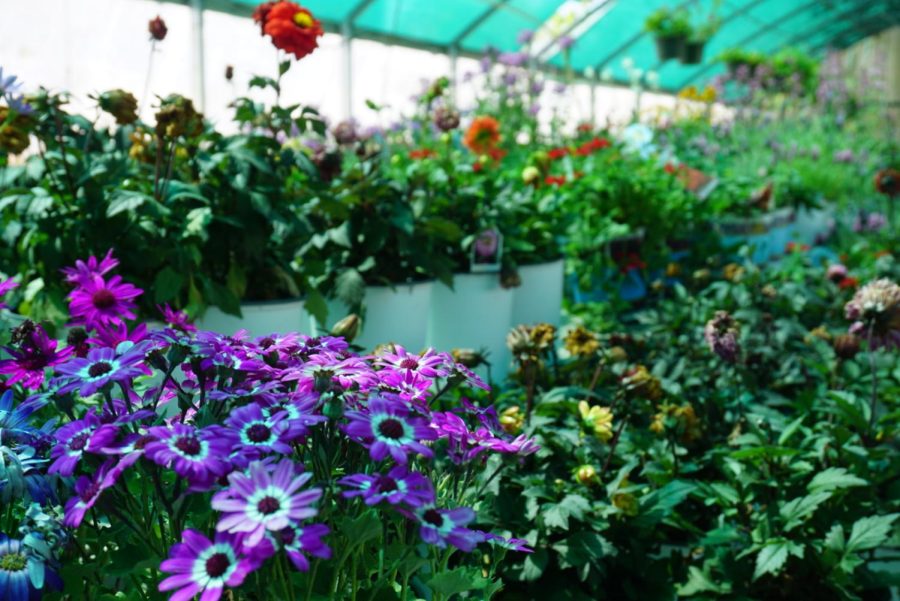Save Our Soils
How you can help make a difference this year
Earth Day is a holiday that is often overlooked. There is more than meets the eye to this special day that impacts every single one of us. Earth Day started on April 22, 1970 when Americans flooded the streets protesting and demonstrating for a better, cleaner environment (Adirondack Council). This was a time when Senator Gaylord Nelson began promoting environmental protection and “teach-ins”. Teach-ins were a strategy used in the 1960s to mobilize college students to protest the Vietnam War and were so effective he decided to try this strategy among the same group of people but for a different cause. These protests allowed for an unusual alignment of all types of people to form: Republicans, Democrats, scientists, and everyone in between was finding a fire within them to help others realize how important saving the environment is.
Today Americans may not take to the streets and demonstrate, but it is important to recognize the amount of awareness this holiday can spread about local and national environmental issues. You might have heard of soil health but what does that really mean? Soil health is composed of many factors including fertility, microbial count, and nutrients. The microbes in soil assist in providing nutrients to the plant and the more microbes there are, the more resistant plants will be to diseases and pests (Acadian Plant Health).
Soil health is closely related to a significant amount of issues the world is currently facing. The world’s soils have the potential to release 850 billion tonnes of carbon dioxide into the atmosphere if not revitalized, due to climate change. This number is more than human emissions in the past 30 years. By revitalizing soil annual greenhouse gas emissions can be reduced by as much as 25-35% (Save Soil).
Biodiversity loss has another large impact on soils. The tiny, microscopic organisms that live underground are slowly going extinct due to soil and habitat loss, 50% of the United States’ topsoil has been lost already (Save Soil). Biodiversity might sound confusing, but broken down it is what links ecosystem services to human health. Ecosystem services are the benefits humans receive from the natural environment. Biodiversity is directly linked to ecosystems, it improves sustainability, improves resilience to climate change, and builds markets and livelihoods. One of the most important notes to realize is that an increase in biodiversity results in an increase in ecosystem stability.
There is a stigma that carbon is bad, but it is just the opposite. Carbon is used by plants and put into the roots and soil, carbon sequestering aids in administering microbes back into the soil. Regenerative agriculture can help in restoring our soils and soil health. Regenerative agriculture consists of “farming practices that help reverse the effects of climate change by rebuilding soil organic matter and restoring degraded soil biodiversity. It is a holistic land management practice that utilizes photosynthesis in plants to close the carbon cycle, build soil health, crop resilience, and nutrient density” (Kiss The Ground).
The UN Convention to Combat Desertification reported that 90% of our soils could be degraded by 2050 resulting in a global food crisis. It is vital that this is taken into consideration every day, not just on Earth Day. Remember to be kind to the Earth and be part of the solution. Visit www.savesoil.org to join the force in restoring our soils and saving our Earth.



